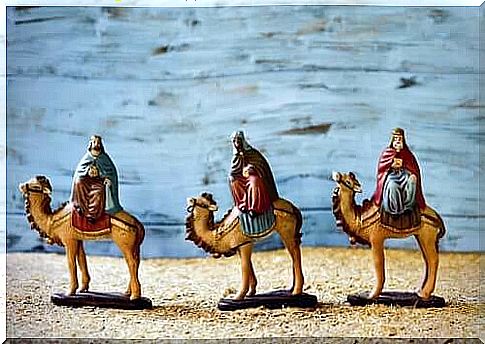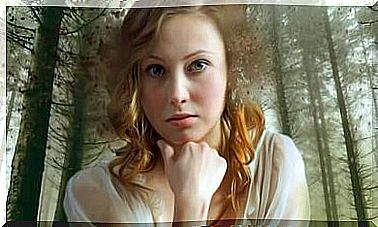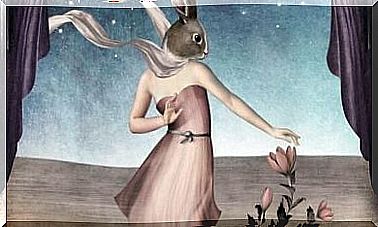Do You Know The Origin Of The Three Wise Men?

Although this is an established tradition in our society, many people are unaware of the origin of the Three Kings. So much so that it is compulsory leave for a large number of families.
It is also a tradition that has inspired many works of art since its inception. This subject has been treated by various painters and sculptors throughout history.
The legend known to children speaks of three “wise men” who came from the East following a star to deposit their gifts in houses. The Magi, wealthy kings with abundant treasures, decide which children will get their gifts and what each deserves, after reading the letters in which children recount their desires, desires and behavior throughout the year.
The story of the Magi fills children with enthusiasm and magic at this time of year. They probably want gifts and then feed their fantasies and dreams with the night of kings. An illusion that occurs not only in children, but also in adults who also nourish the legend of kings in the little ones and, thus participating in the tradition.
But… what is the origin of the three wise men? Where was this tradition born and how did it become established in our society? Find out the answers to these questions later in this article.
The origin of the wise men of the East
The origin of the wise men is linked to the evangelist Matthew who names the wise men in his gospel without specifying names or specific data. He says that the Magi came from the East in search of the “King of the Jews” born in Jerusalem guided by a star. This star led them to Jesus born in Bethlehem and to whom they present offerings (gold, frankincense and myrrh).
It is in the third century BC, that we recognize that it is three wise men. Origen, writer and main promoter of Christian theology, was the first to indicate that these magi were three in number because of the three gifts offered to the child (gold, frankincense and myrrh).
In the 6th century AD, the current names of the three Magi appear for the first time in the hand of the historian Agnello, in his work Pontificalis Ecclesiae Ravennatis. In this work, the Magi have first names, Melchor, Gaspar and Baltasar, and have different ages.
Over time, the Magi came to represent the three cultures considered to be the most important in the Middle Ages. King Baltasar represents Africans, King Melchor represents Europeans and King Gaspar represents Asians.
Establishing tradition in Spain
From the 19th century AD, the tradition of the Magi appears in Spain in the form of a children’s party in homage to Saint San Nicolás. According to tradition, appeared the night of the Kings, the eve of Epiphany, the time when these kings left their gifts for children in the houses.
In 1866, the first Three Kings parade took place in Alcoy (Alicante). The tradition spread to the rest of the country and, later, to other countries, especially countries of Hispanic culture.
The influence of the tradition of the wise men in art
The Magi have had a great weight in the history of art, because they have inspired many artists. Among them are Sandro Botticelli, Leonardo da Vinci and El Bosco who represent the scene of the adoration of the Magi.
In architecture, the legend of the Magi also stood out. In Spain there is the Roman tympanum in Ahedo de Butrón (Burgos). We also find the fresco of the Romanesque church of Santo Domingo de Soria where the cult of kings is represented there.










